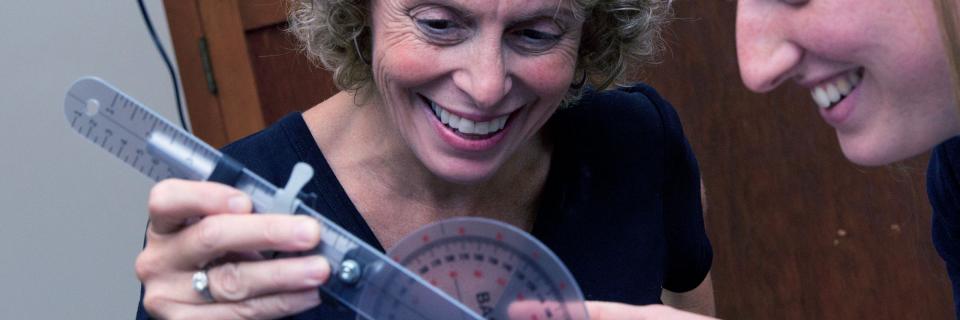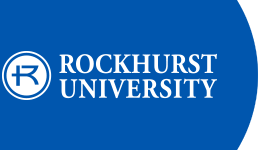For Three Students, Unique Physics Program Fuels Optometry School Success

Rockhurst University’s physics of medicine program is a unique one, centered on active, hands-on learning designed to provide future health care providers a foundation in physics by showing how the concepts exist within the world of medicine.
It’s been a success, attracting national attention — in April, physics of medicine received the 2019 American Physical Society Improving Undergraduate Physics Education Award. The National Science Foundation has also awarded grants, most recently in August, to the physics department to develop further physics education for life-science students.
Here at Rockhurst, physics of medicine has attracted new kinds of students to a physics major and proved successful in providing them with the knowledge and skills needed to succeed in graduate programs in medicine and healthcare.
That’s especially true for three current seniors on the pre-optometry track, all of whom have been accepted to every program to which they’ve applied. For Alexa Narke, that list includes competitive programs from Illinois to Arizona. To get all of those acceptance packets was a bit of a surprise, she said. She credited discovering the physics of medicine program through Nancy Donaldson, Ph.D., the Rockhurst professor of physics who helped develop it, as a big part in that success.
“I love being in a classroom full of students who are passionate about their career interests and having the opportunity to learn about how physics principles are integrated in every medical application you can think of,” Narke said.
Both Cole Vanderfeltz, who is also a biochemistry major, and Aideen McEnaney, said they, too, were accepted to no fewer than eight schools between them — a success rate of 100 percent. Vanderfeltz said hard work is definitely a big part of that kind of success, but the physics of medicine program also helped give him a 10,000-foot view of his future career.
“It really showed the connection of physics with the reactions that I see with my biochemistry degree,” he said. “It allowed me to start seeing a complete picture, especially related to the body in general.”
McEnaney, on the other hand, got specific, mentioning the optics course that is part of the physics of medicine program. She said she feels that course in particular gave her a leg up in her education for optometry school, with lessons on how the eye works and even how to use Optical Coherence Tomography, a noninvasive diagnostic imaging system. It’s a level of experience that impressed even the teams reviewing her graduate school applications.
“It has been a great conversation starter where I can talk about research presentations I have done and how I’ve learned about some of those topics,” she said.







